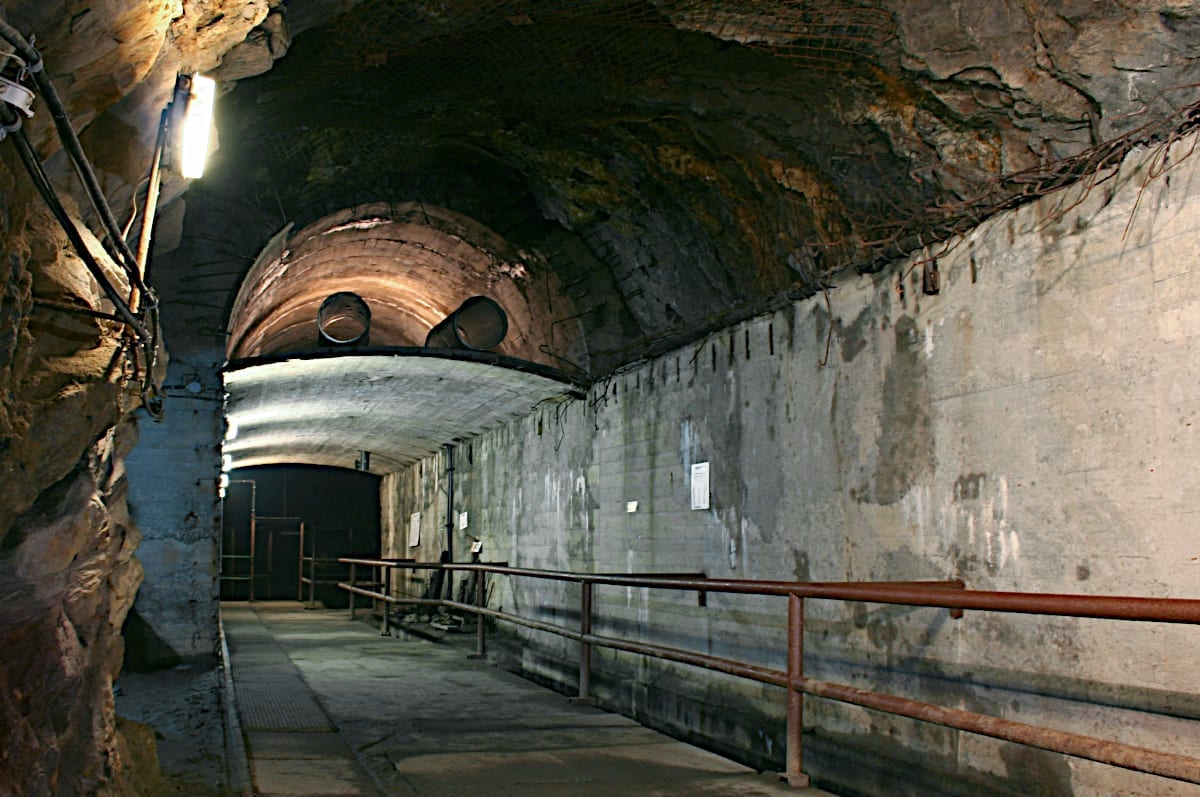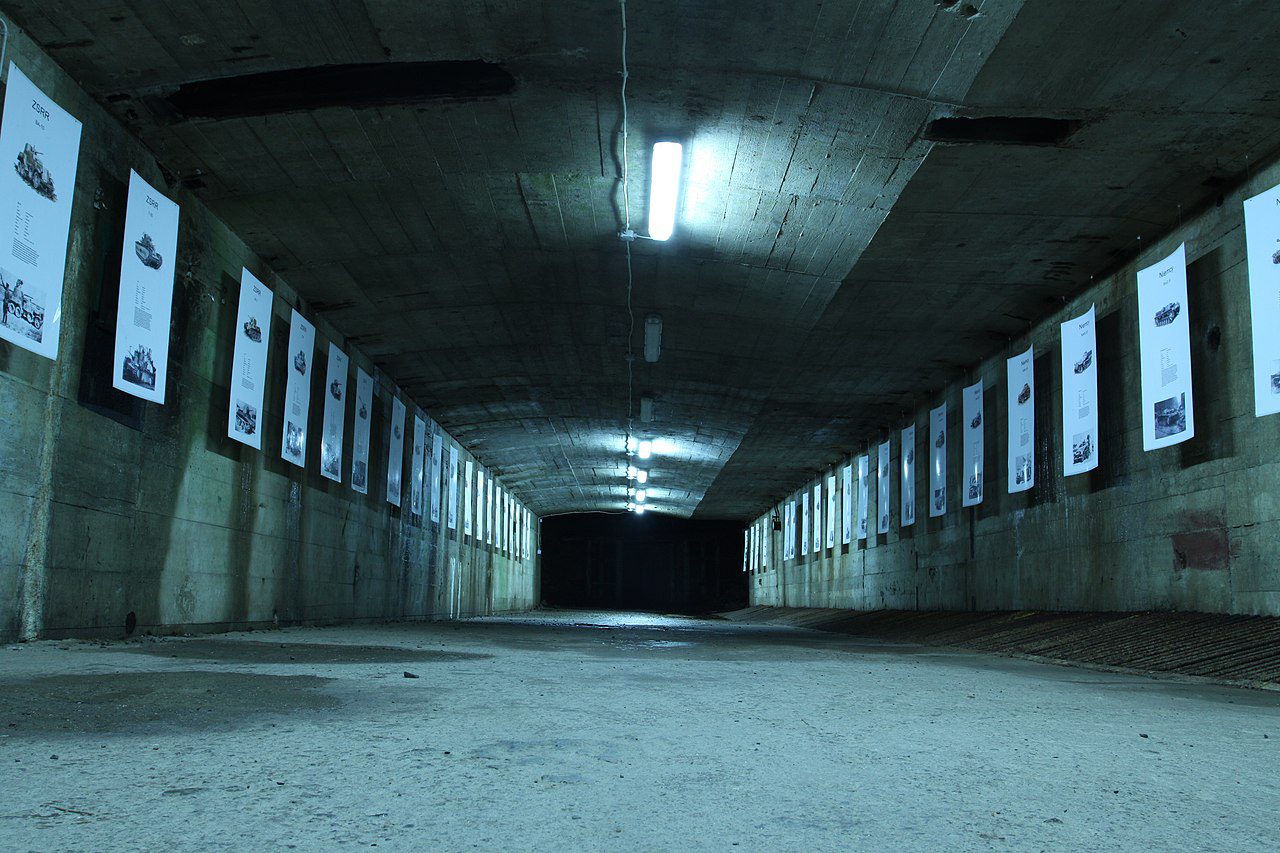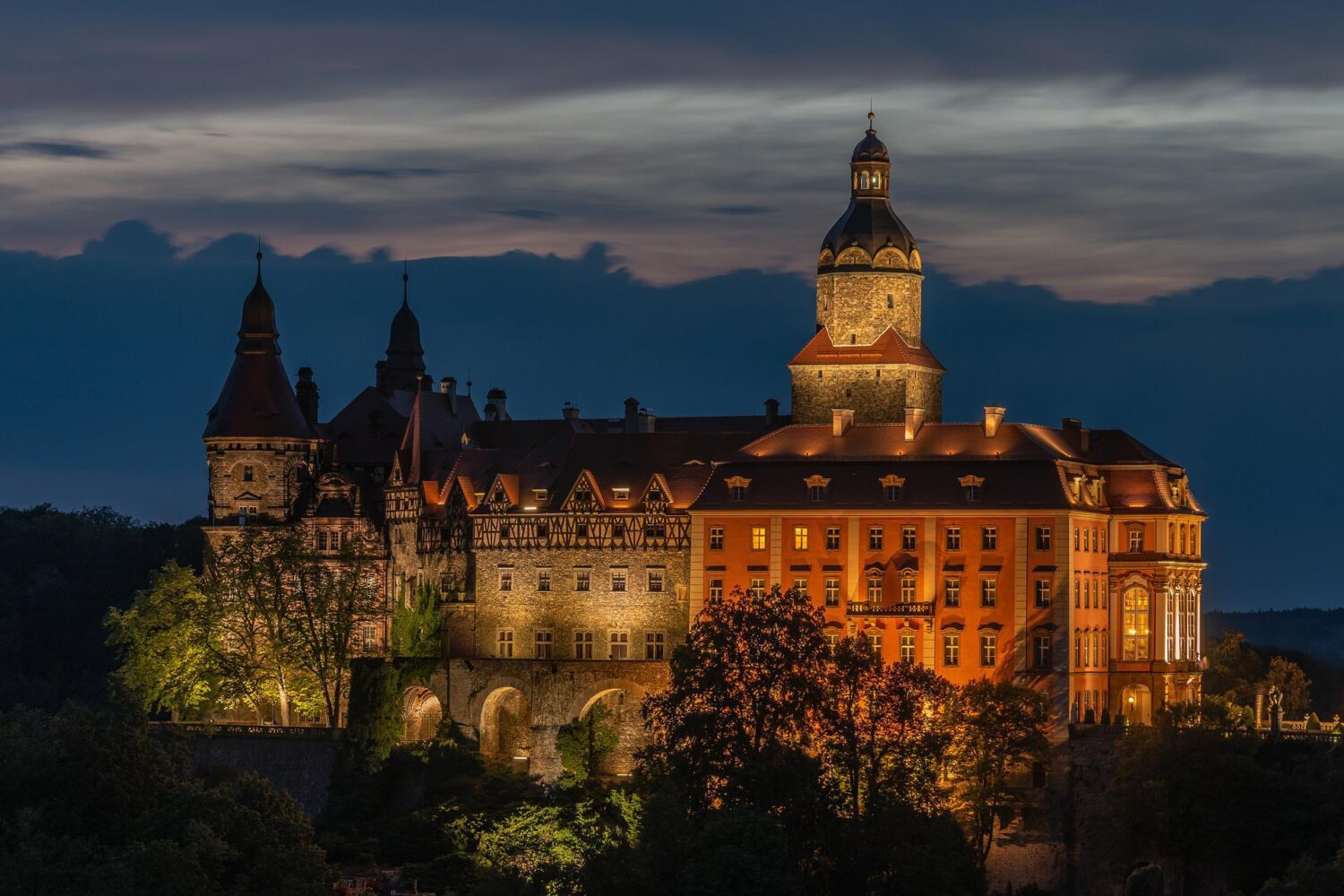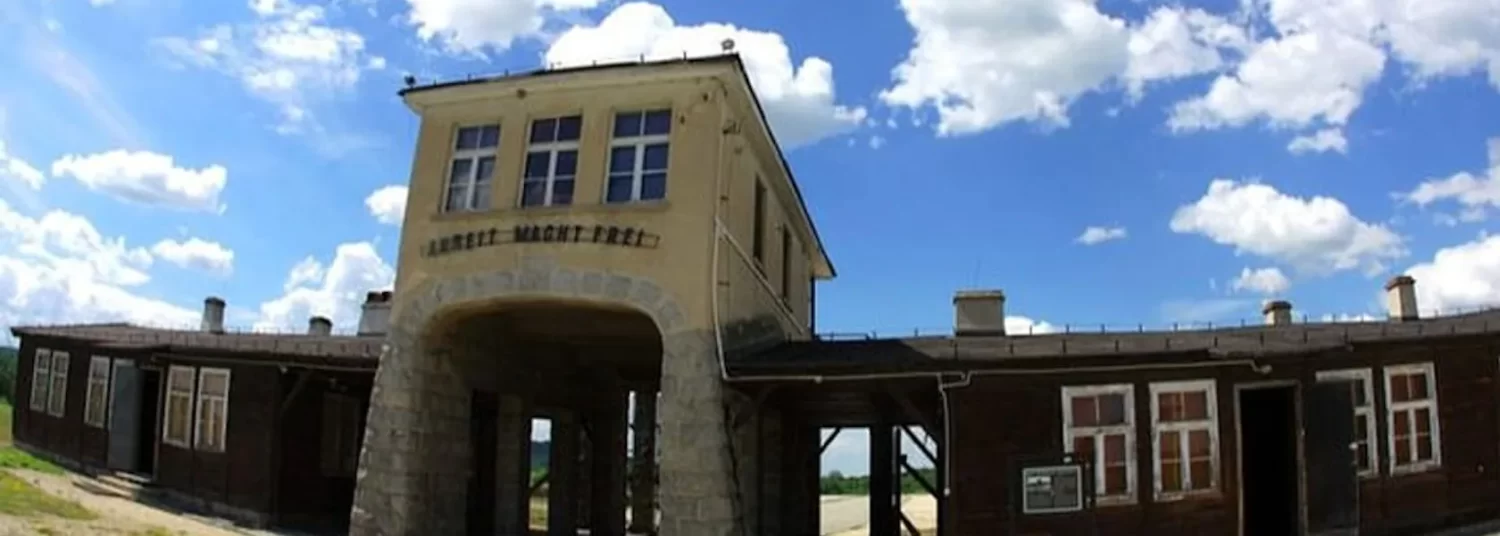
Project Riese
Riese Complex – updated 15 January 2023.
Project Riese (German for “Giant") was a construction project undertaken by Nazi Germany during World War II in the Owl Mountains and Kłodzko Valley of occupied Poland. The exact purpose of the project is not known, but it is believed to have been a complex of underground facilities, including factories, research centers and military command centers. The project was named after the German word for “giant" because of the large scale of the construction.

Abandoned
The project was begun in 1943 and was never completed, as it was abandoned in 1945 as the war was coming to an end. The construction was carried out by prisoners of war and forced laborers, many of whom died during the course of the project.
Theories
There are many theories about the true purpose of Project Riese, some suggest that it was intended as an underground military command center, while others believe it was to be a factory for the production of advanced weapons or a research facility for developing new technologies. Some even suggest that it was intended as a secret underground city or a bunker for high-ranking Nazi officials. However, none of these theories has been conclusively proven, and the true purpose of Project Riese remains a mystery.
Two things are certain, the size of the project was immense and none of the constructions were finished. Only a few tunnels were reinforced with concrete. Project Riese was abandoned at the initial stage of construction and only 9 km (25,000 m2, 100,000 m3) of tunnels were dug out.
Tourist attraction
Today, some of the underground facilities are open to the public as tourist attractions and visitors can explore the tunnels and see the remains of the unfinished construction.

Construction
A massive network of roads, narrow gauge railways and bridges were constructed to connect excavation sites with the nearby railway stations. In total, some 90,000 cubic metres of tunnels were carved into the mountains, the work involved to do this was strenuous and involved cutting down thousands of trees, building dams, digging reservoirs and drainage ditches, blasting rocks with explosives and reinforcing caverns with concrete and steel.
Access points
Seven major access points were constructed to separate tunnel systems at Walim-Rzeczka, Włodarz, Jugowice, Soboń, Sokolec, Osówka and Książ Castle.

POW
To build these giant structures, the Nazis used prisoners of war, prisoners from concentration camps and forced labourers. Many of these workers lost their lives due to disease, malnutrition, exhaustion & dangerous underground works.
Typhus
Initially, concentration camp prisoners were not used; however a typhus epidemic occurred amongst the workforce in December 1943 significantly slowing down production. Hitler handed over supervision of construction to Organisation Todt, headed by Albert Speer, Hitler’s chief architect and engineer and around 13,000 prisoners of the camps were put to work, many conscripted from Auschwitz concentration camp.
Albert Speer
Interestingly, Albert Speer himself stated that the Riese Project involved some 213,000 cubic metres of tunnels. Today, less than 100,000 are accounted for, suggesting that there are many tunnels and parts of the project still to be discovered. This is technically supported by the existence of narrow-gauge railways and plumbing that appear to lead nowhere, witness accounts also support this account.
Amber Room
113,000 cubic metres of undiscovered tunnels and a lack of documentation as to the purpose of the project has led to numerous conspiracy theories over the years. The favourite is that the tunnels were constructed to hide confiscated Nazi treasure including the famous Amber Room which disappeared from Saint Petersburg and missing gold and art from multiple locations around Europe. An area outside Wałbrzych was the focus of a story about a buried ‘Nazi gold train’ in August 2015 and today, the areas still attracts treasure hunters in search of their fortunes.
FAQ
Q: When was Project Riese started?
A: Project Riese was started in 1943, during World War II, by Nazi Germany.
Q: Where is Project Riese located?
A: Project Riese is located in the Owl Mountains and Kłodzko Valley of occupied Poland.
Q: Who built Project Riese?
A: Project Riese was built by Nazi Germany, using prisoners of war and forced laborers.
Q: What was the purpose of Project Riese?
A: The exact purpose of Project Riese is not known, but it is believed to have been a complex of underground facilities, including factories, research centers, and military command centers.
Q: Was Project Riese completed?
A: No, the project was abandoned in 1945 as the war was coming to an end.
Q: Is Project Riese open to the public?
A: Some of the underground facilities are open to the public as tourist attractions and visitors can explore the tunnels and see the remains of the unfinished construction.
Tour to discover the secrets of World War II from Wroclaw

Let yout guide take you along the track of the biggest secrets of World War II in Lower Silesia. See The Osowka complex, which is a part of Nazi Riese Project and Gross-Rosen concentration camp.
The Osowka complex has been part of an impressive project conducted by Nazi Germany between 1943 and 1945 (code name “Riese"). The mysterious structure called “underground city" still hasn’t revealed all of its secrets. Discover the biggest and the most complex of Hitler’s headquarters in Lower Silesia. This complex is believed to be Adolf Hitler’s secret headquarters built in the Owl Mountains. This part of the tour is with live guide.
Ksiaz Castle is the third largest castle in Poland, placed on a impressive rock cliff by the side of the Pelcznica River. Surrounded by a charming forest which lays 395 meter above sea level, this castle is often called ‘the Pearl of Lower Silesia’. This part of the tour is with audio guide.
Lastly you will visit the Gross-Rosen concentration camp, the biggest Nazi-German concentration camp in Lower Silesia, where inmates worked in particularly harsh conditions in the quarries. The motto of this place was Vernichtung durch Arbeit (Annihilation through work). Around 40.000 prisoners died here: Poles, Jews, Russians, French and Hungarians. This part of the tour is with live guide – Book tickets